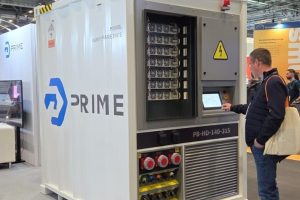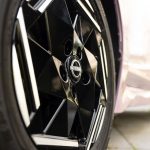Nissan to transition to green or recycled aluminium by 2030

Nissan announced today that it will use low CO2 emission aluminium parts made from green or recycled aluminium in new and current models from fiscal year 2024 onward and aims to complete the full transition to such parts by 2030.
Aluminium accounts for approximately 10 percent of vehicle weight. By using low CO2 emission aluminium, Nissan aims to take a significant step towards achieving carbon neutrality.
Nissan aims to achieve carbon neutrality in the entire lifecycle of its vehicles by 2050.
Green aluminium is produced using non-fossil fuel-derived electricity and can reduce CO2 emissions during production by approximately 50%. Additionally, recycled aluminium can reduce CO2 emissions by approximately 95%. Nissan has been purchasing low CO2 emission aluminium sheets for vehicle panels produced in Japan from Kobe Steel, Ltd. and UACJ Corporation. Going forward, Nissan will use low CO2 emission aluminium for all aluminium parts, including processed components, globally, to further reduce CO2 emissions.
For all new models produced from fiscal year 2027, low CO2 emission aluminium will be used. For current models, from this fiscal year Nissan aims to start purchasing wheels, chassis parts, axle parts and harness wires made from green aluminium in Japan, the United States, and Europe. As a result, by the end of fiscal year 2024 approximately 20% of the newly mined aluminium Nissan uses for car parts procured in those markets is expected to be replaced with green or recycled aluminium.



















